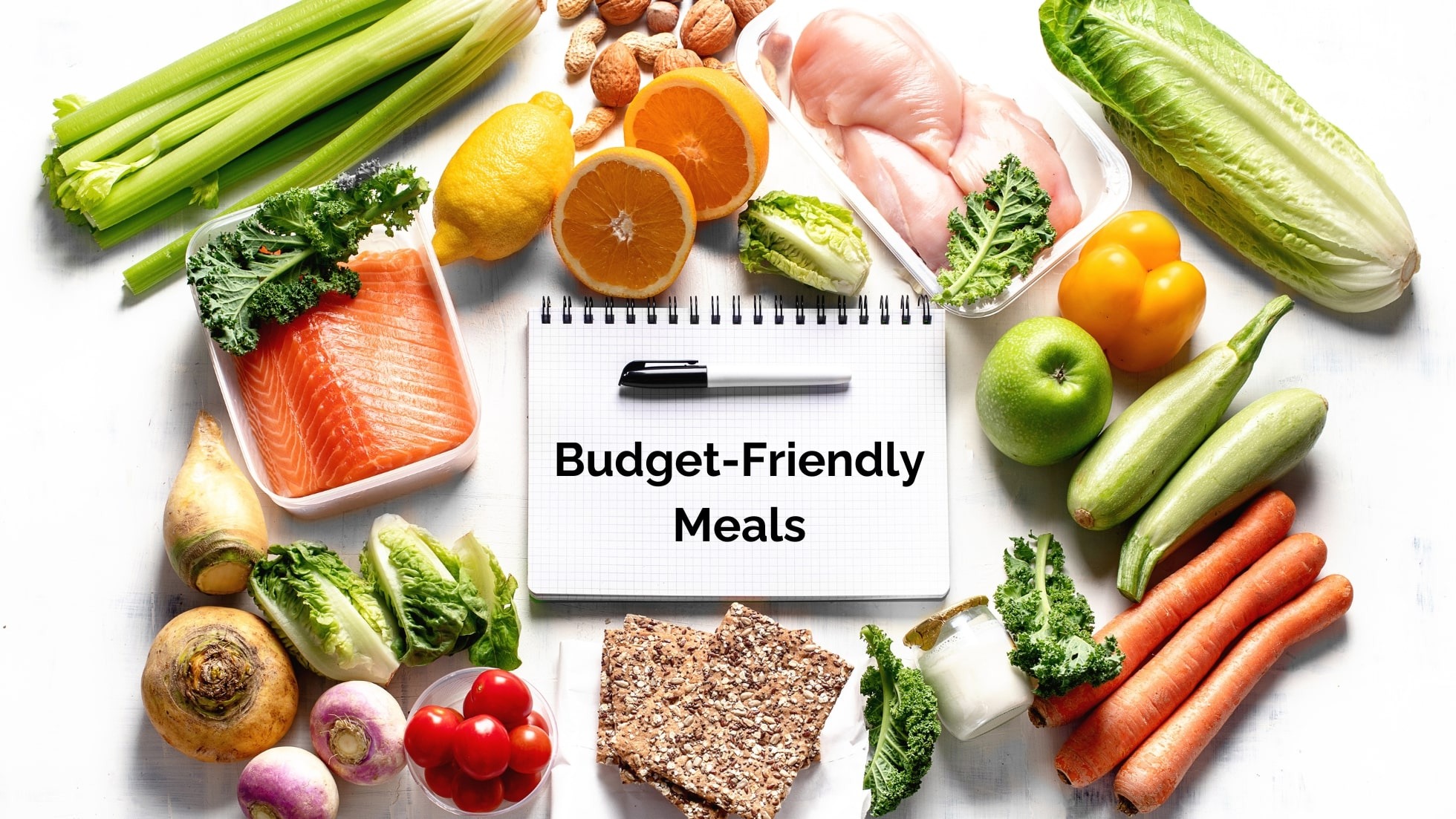
Looking for ways to make healthy eating accessible on a tight budget?
I have you covered! Here are a few simple strategies and tactics that will keep your wallet happy while providing nutrition to nourish both body and mind.
1. Plan and Prep Meals: Each week, devote some time to creating a meal plan and grocery list in order to prevent impulse buys and ensure you have everything needed for healthy meals.
2. Stock Up on Staples: Take the cost-cutting route by stockpiling grains, beans, frozen fruits and veggies as staples - buying in bulk often works out cheaper as you can use ingredients across multiple meals!
3. Cook at Home: Eating out can quickly add up, so why not consider cooking most of your meals yourself at home instead? Not only will this save money and provide full control over what goes into them but you can also be more selective when selecting ingredients to use for each dish!
4. Shop Sales and Discounts: Be on the lookout for sales and discounts at your local grocery store and plan meals around these deals to maximize your budget.
5. Utilize seasonal produce: Seasonal fruits and vegetables are typically more cost-effective and fresher, adding variety to your meals throughout the year.
6. Freeze Leftovers: Don't let any leftovers go to waste - rather divide them up and freeze for future meals to save both money and reduce food waste! Doing this saves both money and prevents wastefulness.
7. Choose more cost-effective protein sources: Incorporate affordable sources such as eggs, canned tuna, chicken thighs and legumes into your diet to meet nutritional needs without breaking the bank. These choices offer essential nutrients without straining finances.
Healthy eating doesn't have to be expensive! With some planning and creativity, you can fuel your body while saving money at the same time!
 Add Row
Add Row  Add
Add 










Write A Comment